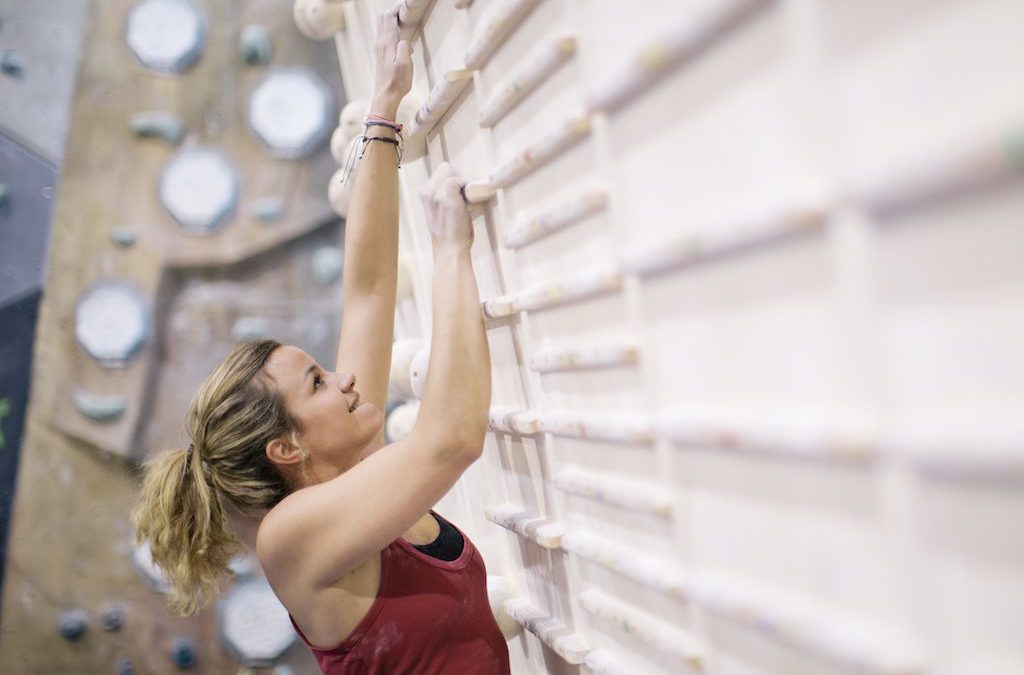Training for Your Climbing Project in 2024
Planning out a New Year's training comes with its share of challenges. How do we determine our goals for the new season?

A new year brings with it a new set of training goals and a renewed psych for progression. New Year’s allows us to look back on this last year, reflect, and project our aspirations into the coming season.
Reflection and Values: Before we set our goals, it is important to understand our performance. It can be hard to determine a job well done, but we should appreciate even incremental progress. After we have determined what we have done well, it is worth trying to determine what we could have been done better. To learn more about identifying weaknesses, click here. Setting values can seem like a ridiculous principle, but it holds up in the long run. Knowing why you climb, what you enjoy about it, and how it makes your life better can contextualise the goals you end up setting for yourself. Although it is difficult to achieve a goal, it is easy to make sure we are climbing for the right reasons. Maintaining values keeps us from becoming frustrated with our progression in the sport. It allows us to take solace in the joy that is climbing.
Setting Goals: With that said, goal setting is important if you want to improve. It provides a structure for building performance and ultimately adds to the total experience that is rock climbing. While ascending a climb always feels good, climbing a project is a comprehensive experience that reflects the benefits of determination. The first is the goal you can achieve. The second goal should be one that you could achieve if you work hard. The third goal is the dream project. This is the line that you do not believe you can do. This should be something that inspires you like goal number two, but that you recognize will only come if you are able to complete goal number two. Having this goal in mind can help inspire your training.
Training Goals: While the above might most closely associated with outdoor climbing, it translates to training. There are many ways to approach training goals and finding the right one for you will largely depend on your interests and abilities. For example, if you are a new climber, a good training goal for campus board might be:
- 1) Hang the medium campus rung
- 2) Campus to the top of the board on the medium campus rungs
- 3) Complete 1-4-7 on the medium campus rungs.
As with outdoor climbing, maintaining a long view of your training can yield exception results. A difference between training and outdoor goals, however, is that you may set multiple training goals. This is worth doing but recognize that the best improvements are made when we focus on one training goal at a time. Some might approach this by setting their training goals over a shorter period of time. To use the example above, a person may choose to aim for their three goals over the span of a two-month period. This can make sense if you need to improve multiple skills. With that said, there are skills that a person can train year round. These include climbing, flexibility and hangboarding.
Make a Plan: With your goals set, try and establish a training plan that is in line with your values. If you are someone that needs to climb every day for your mental health, then determine how to structure heavy versus light days. If you are someone who is more focused on progression, schedule more rest and determine how much time you need to spend in the gym in a week. Three to Four sessions a week provide enough opportunity for rapid growth, where five to six sessions can enter the land of diminishing returns. With that said, the best climbers do climb most every day, but they also know when and how to deload. Recovery is essential to progression and maintaining training stoke is great, but it must be measured if we are to avoid injury.
Exercises
Pull-Ups
Hangboard
Campus Board
Muscle Ups
Front Lever
One-Arm Pull-Ups
Beastmaker Slopers


